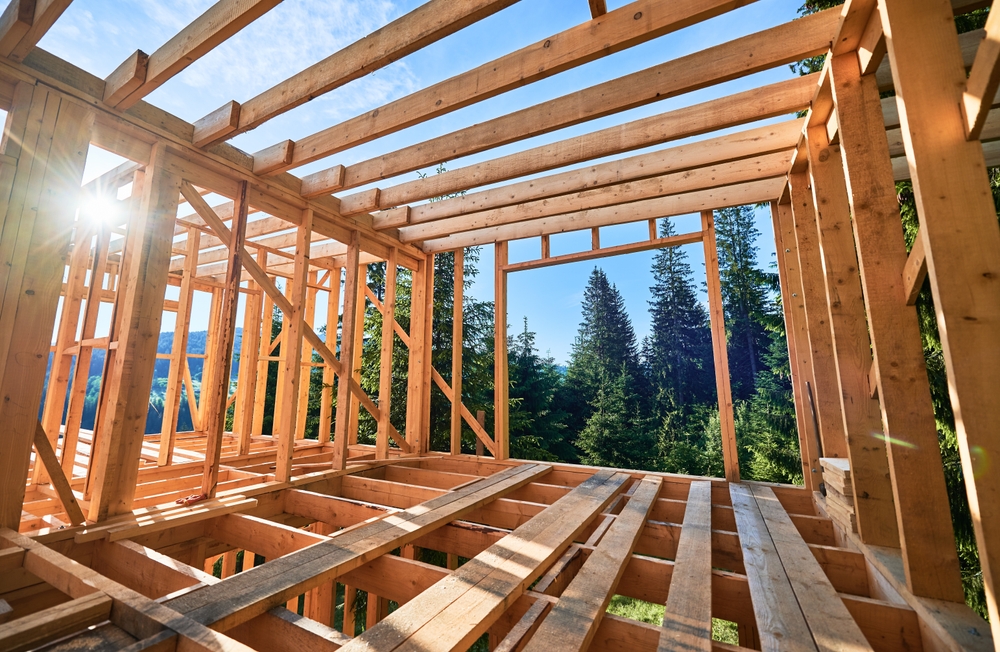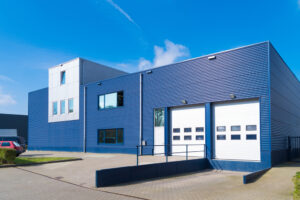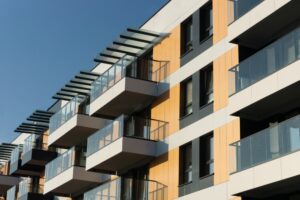Lumber prices are on the rise again. The U.S. Department of Commerce has announced plans to nearly triple tariffs on Canadian softwood lumber, and that means real costs for anyone in the property game. If you’re sourcing materials for a development or renovation, the spike could eat into your profits. But here’s the good news: with the right financing tools and lenders, you can stay ahead of the curve.
Why Real Estate Investment Lenders Should Care
Tariffs don’t just affect lumber – they affect your margins. For investors leveraging capital through real estate investment loans or planning construction-heavy deals, this shift in duties can directly impact project timelines and profitability.
What’s Happening With Canadian Lumber Tariffs?
The U.S. plans to increase duties on Canadian softwood lumber from 8.05% to 13.86%. This nearly 70% jump is expected to take effect in August 2025 and applies retroactively to 2022 shipments.
This isn’t just policy – it’s a pricing signal.
How This Impacts Real Estate Development
1. Material Costs Go Up
The cost of framing, roofing, and general construction materials – especially lumber – will rise. For investors relying on hard money lenders for real estate investing, this could tighten draw schedules and reduce overall ROI.
2. Timelines Get Tighter
Delays in sourcing affordable materials could extend project timelines, raising holding costs and potentially impacting DSCR metrics.
3. Higher Loan Needs
This is when savvy investors look for real estate investment loans with enough flexibility to adapt to rising input costs. Loan amounts may need to increase, which means working with real estate investment lenders that understand today’s market.
Strategic Lending Moves to Navigate Volatility
DSCR Loans for Cash-Flow Projects
If you’re investing in income-producing rentals, a real estate investment loan based on Debt Service Coverage Ratio can help you stay financed without being overly penalized by fluctuating materials costs.
Bridge Loans for Quick Action
Need to buy materials now to avoid future price hikes? Use a bridge loan to cover initial costs and stabilize your project.
Fix & Flip Financing Built for Flexibility
Many hard money lenders for real estate investing understand the volatile nature of rehab budgets and offer loans with built-in buffers for material cost inflation.
Use Lender Search to Find the Right Partner
Why chase dozens of lenders when you can connect directly with the right ones for your specific needs?
- Search by project type: rental, rehab, new construction
- Compare verified real estate investment lenders
- Find investment loans for real estate tailored to your specific needs
Search real estate investment loans now on Lender Search
Forecast: Will Prices Keep Climbing?
Until there’s a resolution to the U.S.-Canada lumber dispute, duties are expected to stay elevated. That means price increases may continue into the fall and winter building seasons.
Action Items for Real Estate Investors
- Plan ahead: Buy materials before August if possible.
- Rethink financing: Upgrade your loan structure to handle price volatility.
- Work with flexible lenders: Not all lenders are equipped to deal with cost fluctuations.
Conclusion
Whether you’re flipping houses, building multifamily properties, or managing a rental portfolio, these tariff hikes affect your financial model. But that doesn’t mean you’re out of options. By aligning with the right real estate investment lenders and leveraging tools like Lender Search, you can keep projects profitable – even when the market throws a curveball.
Explore investment loans for real estate
Read the full lumber tariff update on Scotsman Guide







